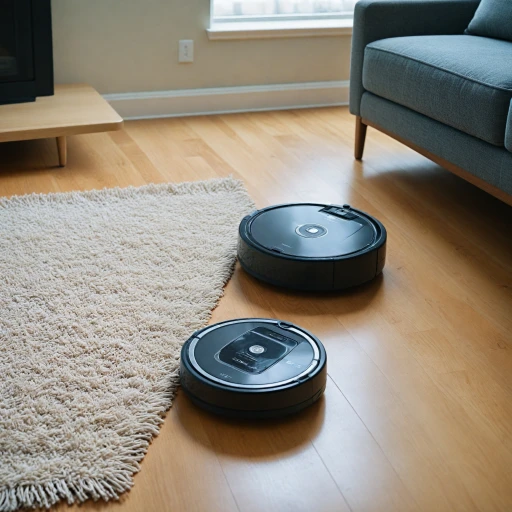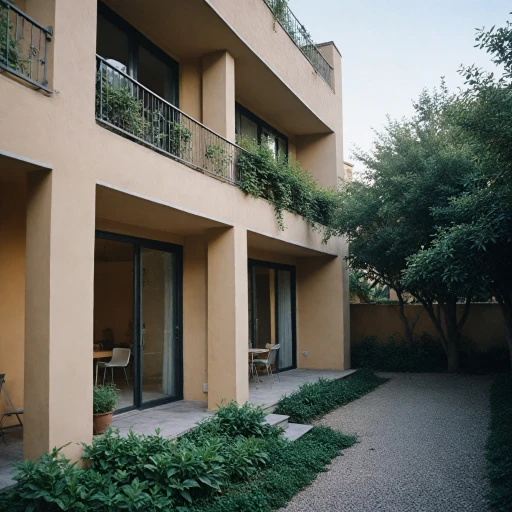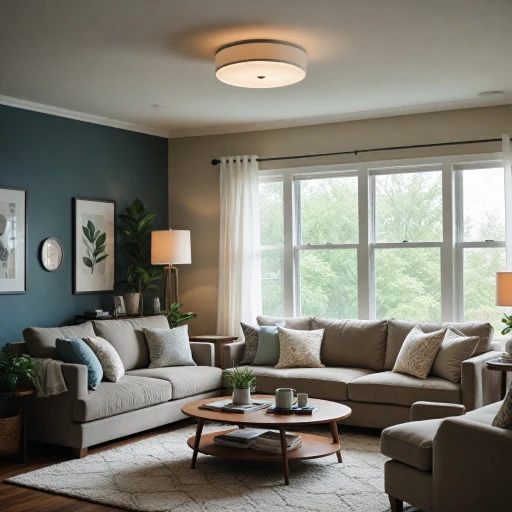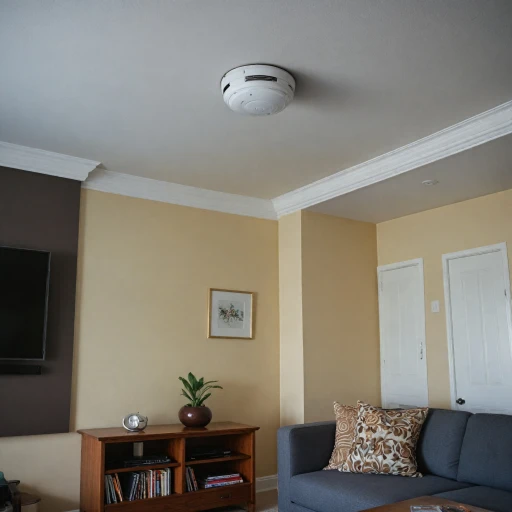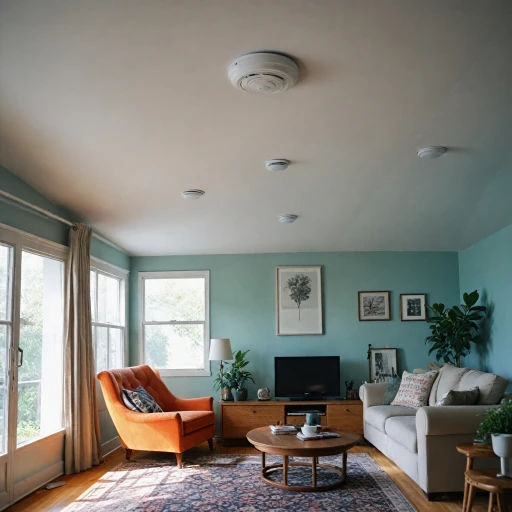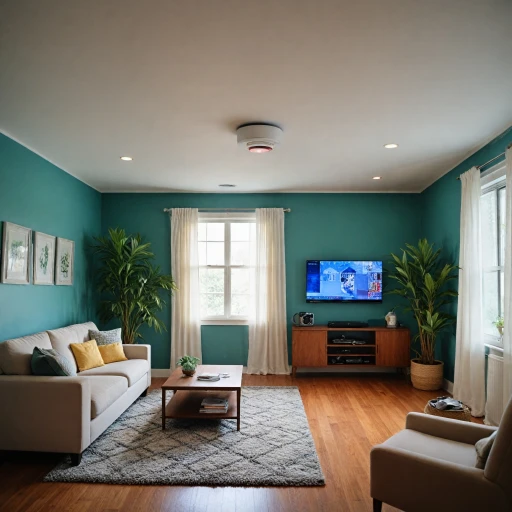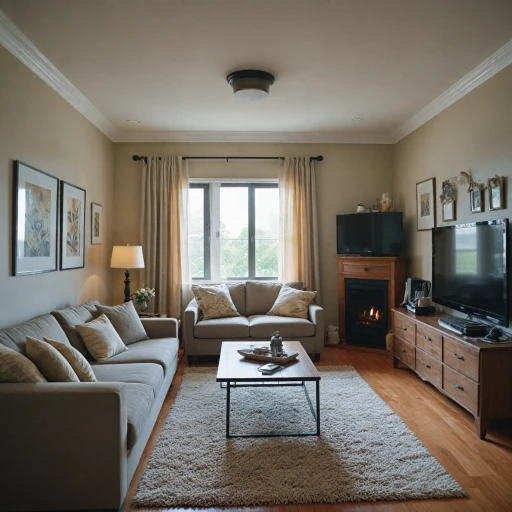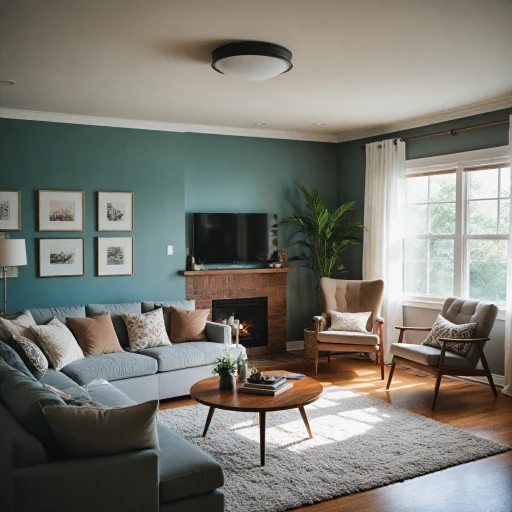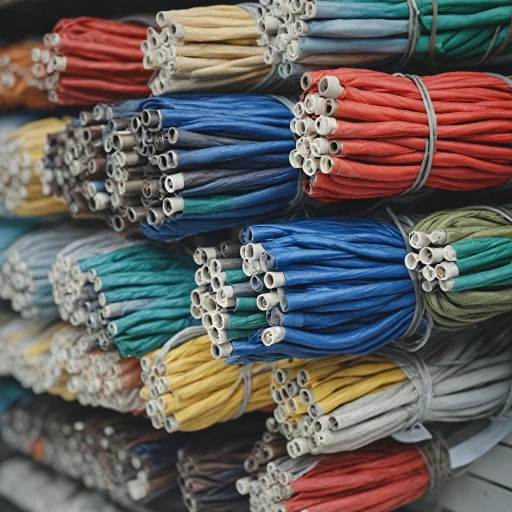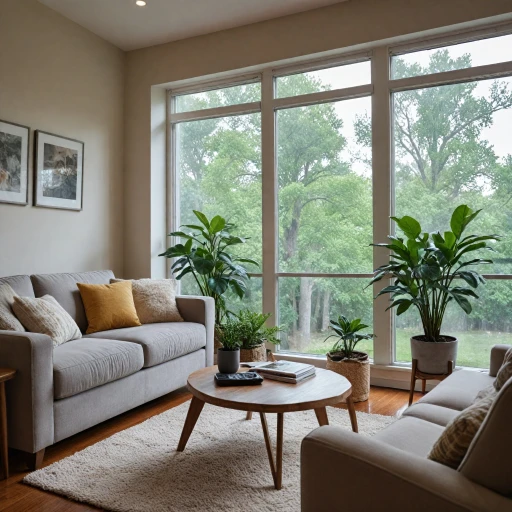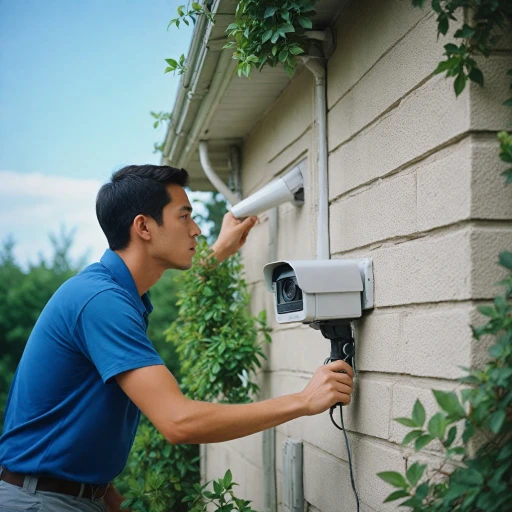
The Role of Wiring in Security Cameras
Understanding proper wiring is crucial when setting up a reliable security system in your home. Security cameras rely on the correct cables to transmit both power and video signals efficiently.Wiring Essentials for Your Surveillance System
Setting up a security camera involves more than just considering the camera itself. The wiring plays a fundamental role in ensuring that your security system functions effectively. Without the proper cables, your security system’s video feed can suffer from poor quality, interruptions, or complete failure. The type of cable used directly impacts the performance of your cameras. It determines if your video feed remains stable and clear, or if you encounter frequent disruptions. Not every cable is suitable for every situation, so understanding your options can make a significant difference in your security setup's outcome. Choosing between coaxial, CAT, or Siamese cables is just the start. It's not just about choosing cables, but also considering the connectors involved, like BNC connectors, which are commonly found in CCTV systems. Proper connectors ensure that the video and power signals are securely transmitted to your system. For more detailed information on the significance of security camera cords, considering visiting our dedicated guide.Types of Security Camera Wiring
Exploring the Varieties of Security Camera Wiring
When setting up your home security cameras, understanding the different types of wiring options available is crucial. The choice you make can impact the effectiveness and reliability of your entire security system. Additionally, the right cables and connectors also ensure a seamless connection between your cameras and recording systems, as well as a steady flow of power. Here, we'll delve into some of the most common types of security camera wiring options available.
- Coaxial Cable: Traditionally used in CCTV setups, coaxial cables (often referred to as "video power cables") are favored for their ability to carry video signals with minimal interference. They are ideal for analog camera systems and require connectors like BNC to attach to your cameras and recording units.
- Network Cable: For IP cameras and network systems, Cat5 or Cat6 network cables (commonly known as "cat cables") are used to transmit data over a network. These cables can also supply Power over Ethernet (PoE), combining video, audio, and power in a single cable, simplifying the installation process.
- Siamese Cable: A popular choice in the installation of CCTV systems, siamese cables incorporate both RG59 coaxial cable and 18/2 power cable in a single unit. This dual functionality facilitates both video transmission and power supply, thus reducing the need for multiple wires and simplifying the installation process.
- Power Cable: Essential for supplying electricity to your security cameras, power cables can vary based on the camera's voltage requirements. Ensure that the power supply matches the camera’s specifications to avoid potential damage.
Every home and camera system is unique, and the choice of wiring should be determined by the specific needs of your security setup. For more detailed insights, do consider exploring the importance of video surveillance cables, which provides a comprehensive overview on maintaining robust connections.
Choosing the Right Wiring for Your Home
Selecting the Appropriate Wiring for Your Home Setup
When it comes to enhancing your home's security, choosing the right wiring plays a crucial role in the overall effectiveness and reliability of your security system. There are multiple factors to consider to ensure that you select the best option for your home.
First, evaluate the different types of cables available. Coaxial cables, network cables, and siamese cables each have their own advantages. Coaxial cables, known for their reliability, are commonly used for analog CCTV systems. They transmit video signals effectively, with connectors like BNC providing secure connections. Siamese cables, which combine video and power cables, simplify installation processes by reducing the number of cables required. On the other hand, CAT cables, such as CAT5 or CAT6, are ideal for network cameras, providing both data and power.
Next, consider the specific needs of your security cameras and where they are installed. For outdoor cameras, opt for durable, weather-resistant options. Indoors, cable management and aesthetics might be more important, leading you to choose cables like siamese, which are less intrusive and can be concealed easily. Remember, the color of your cables, such as white or black, can also impact your choice depending on the visibility and décor.
Compatibility is another key aspect. Ensure that the cables you choose are compatible with your cameras and security systems. For instance, if your cameras require PoE (Power over Ethernet), you will need compatible CAT cables for both video and power. Similarly, ensure that the connectors, like BNC connectors, match your camera's specifications and setup.
Don't overlook the cable length. Assess the distance between your cameras and the DVR or NVR. Longer cables may lead to signal degradation, so it may be necessary to invest in signal boosters or higher quality cables to maintain video clarity and system reliability.
Finally, consider future upgrades and expansions. Choose a setup that allows you to easily add additional cameras or adjust your security needs over time without extensive rewiring.
Choosing the right wiring is not just about picking the right type of cable. It also involves planning, understanding your specific security camera needs, and ensuring compatibility with your existing systems. This careful selection can significantly enhance the efficiency and longevity of your home security setup.
Installation Tips for Security Camera Wiring
Optimizing the Installation Process for Security Camera Wiring
Proper installation of security camera wiring is crucial for ensuring efficient performance and longevity of your security system. Here are some tips to help you optimize the process:- Plan Your Layout: Before purchasing your camera cables and network systems, take note of where your security cameras will be placed. Consider the location of power outlets and the distance from your DVR or NVR.
- Choose the Right Cable Type: Different types of cables such as coaxial cables, cat cables, and siamese cables are used depending on the systems camera requirements. While siamese cables provide both video power and network connections, coaxial cables might be necessary for certain CCTV systems.
- Ensure Weather Protection: Make sure to use cables that are suitable for the environment in which they will be used. If your security cameras will be installed outdoors, opt for cables with weatherproofing features, like those with cable white outer sheaths.
- Manage Cables Neatly: Use cable connectors and clips to keep your cables organized. This helps avoid any potential damage and ensures a neat appearance. A tidy setup also makes troubleshooting easier in the future.
- Test Connections: Once all cables are connected, perform a test run to ensure cameras are receiving both power and video signals. Address any issues related to power cable disconnections or video feed disruptions promptly.
- Consult Professionals: If you're unsure about the installation process or encounter issues you can't resolve, consider hiring professional installers. They can ensure that your camera cables and security systems are set up optimally for peak performance.
Maintaining Your Security Camera Wiring
Keeping Your Security Camera Wiring in Top Shape
Maintaining your security camera wiring is crucial for ensuring the longevity and effectiveness of your entire security system. Proper maintenance not only helps in avoiding potential issues but also enhances the overall performance of your security cameras. Here’s a straightforward guide to help you keep your camera cables and systems in optimal condition.
- Regular Inspections: Periodically check your cables, including coaxial cable, cat cable, and siamese cable, for any signs of wear and tear. Look for frayed or exposed wires, as these can affect video and power transmission.
- Secure Connections: Ensure that all connectors, such as BNC connectors and cables connectors, are tightly secured. Loose connections can lead to intermittent video or power issues, impacting the reliability of your security cameras.
- Protect from Elements: If your cables are exposed to the elements, consider using protective coverings. This is especially important for outdoor camera systems, where weather conditions can damage cables over time.
- Cleanliness: Keep the area around your wiring clean. Dust and debris can accumulate on cables and connectors, potentially causing interference in your security system.
- Update and Upgrade: As technology advances, consider upgrading your wiring. For instance, switching to a network cable or power cable that supports higher data speeds can improve your system’s performance.
- Professional Check-Ups: Schedule regular maintenance with a professional to ensure that your security system, including video power cables and camera cables, is functioning correctly. Professionals can identify and resolve issues that might not be immediately apparent.
By following these maintenance tips, you can ensure that your security cameras and the entire security system continue to operate efficiently. Regular care and attention to your camera cables will help prevent common issues and keep your home secure.
Troubleshooting Common Wiring Issues
Identifying and Resolving Wiring Problems
Troubleshooting wiring issues in your security camera system can be daunting, but understanding common problems and their solutions can help. Here’s a list of typical issues and how to address them:
- No Video Signal: If your cameras are not transmitting video, check the coaxial cable or network cable connections. Ensure that the cables connectors are secure and not damaged. Also, verify that the power cable is properly connected to the camera and the power source.
- Intermittent Video Loss: This can be caused by loose connections or faulty cable. Inspect the siamese cable or cat cable for any wear and tear. Tighten any loose connectors and replace damaged cables if necessary.
- Video Distortion: If you notice flickering or interference in the video feed, it might be due to electromagnetic interference. Ensure that your cables are not running parallel to electrical lines. Using coaxial or siamese video cables with proper shielding can help reduce interference.
- Power Issues: Cameras not powering on could be due to insufficient power supply. Check if the power cable is delivering the required voltage. Consider using a power adapter with higher output if you are running multiple cameras on a single security system.
- Network Connectivity Problems: For IP cameras, ensure that the network cable is functioning correctly. A faulty cat cable can disrupt the connection, affecting the camera’s performance. Test the cable with a network tester to confirm its integrity.
Regular maintenance and careful installation can prevent many of these issues. Always keep a list of essential tools and replacement parts like bnc connectors and cable white for quick fixes. Remember, a well-maintained security camera system ensures better protection for your home.


